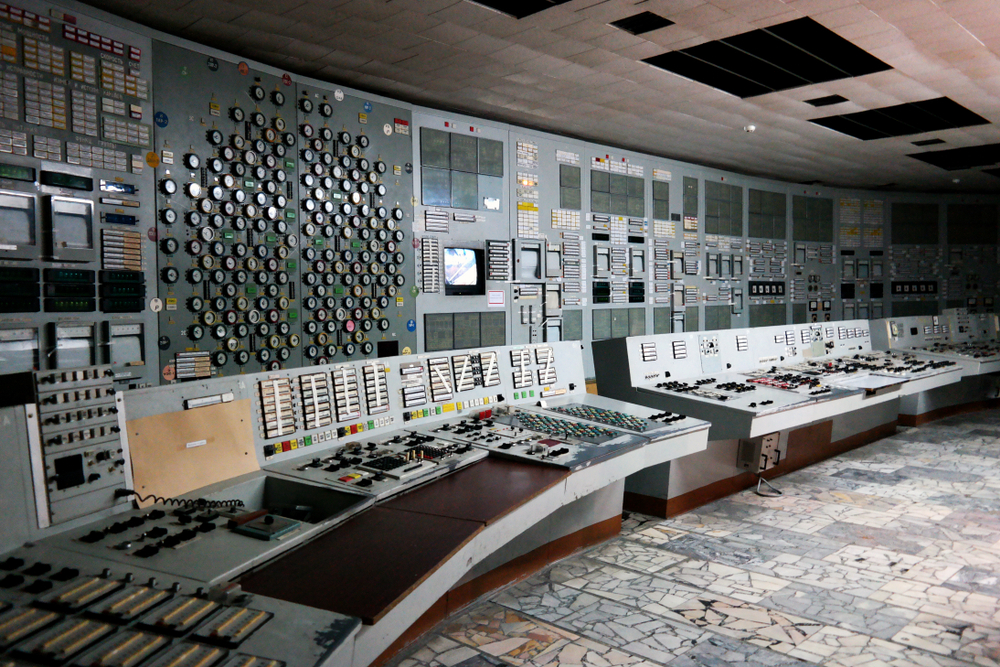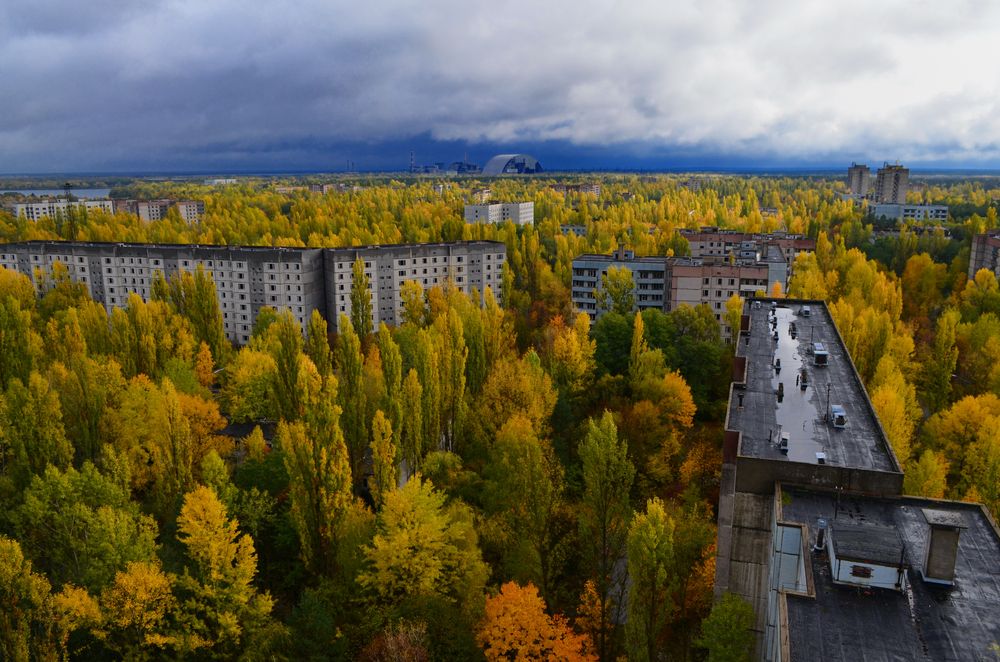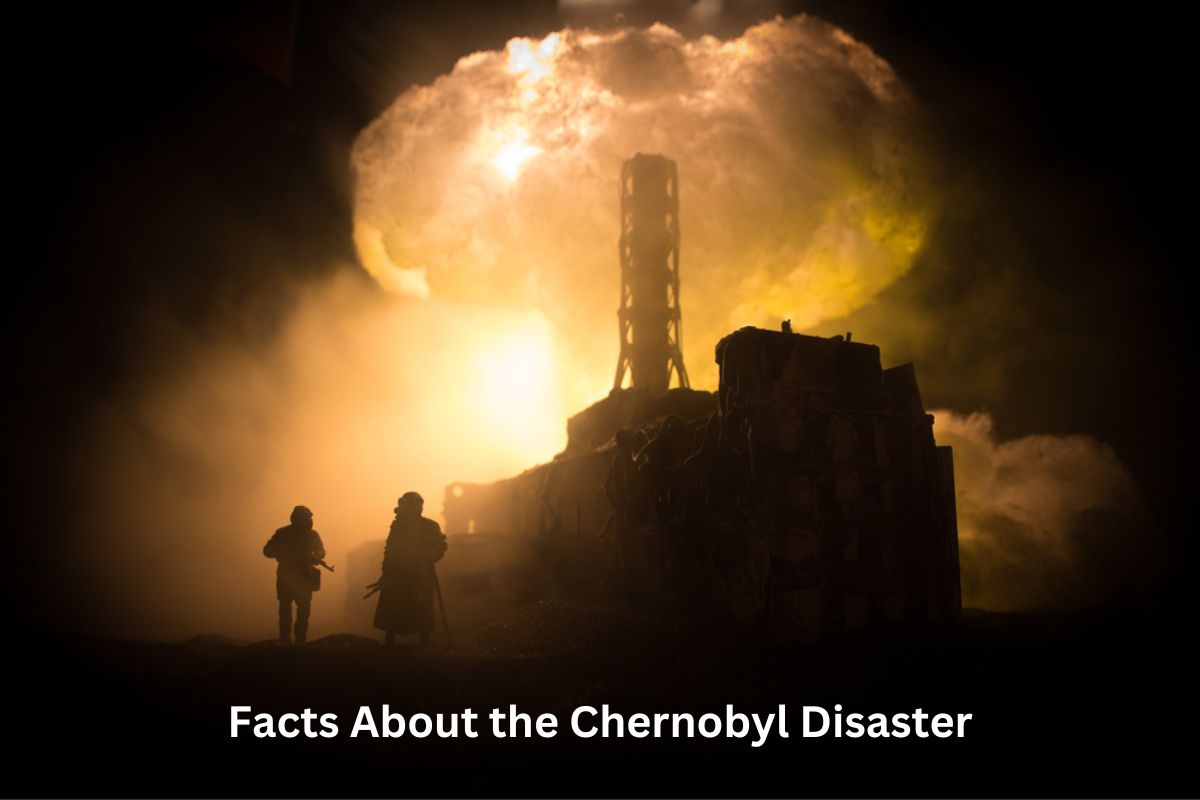The Chernobyl disaster of 1986 stands as a haunting reminder of the catastrophic consequences that can arise from nuclear accidents.
This article delves into the harrowing events surrounding the disaster, exploring its immediate and long-term impacts on human health, the environment, and nuclear safety practices.
From the initial explosion at Reactor No. 4 to the establishment of the exclusion zone and ongoing containment efforts, each aspect of the Chernobyl tragedy offers valuable insights into the complexities of nuclear energy and the importance of rigorous safety measures.
By examining the legacy of Chernobyl and the lessons learned in its aftermath, we gain a deeper understanding of the ongoing challenges and responsibilities associated with nuclear technology.
Chernobyl Disaster Facts
1. Chernobyl disaster occurred on April 26, 1986, in Ukraine
The Chernobyl disaster is one of the worst nuclear accidents in history. It occurred on April 26, 1986, at the Chernobyl Nuclear Power Plant, located near the city of Pripyat in Ukraine, which was then part of the Soviet Union.
Also Read: Timeline of the Chernobyl Disaster
During a safety test in Reactor No. 4, a combination of design flaws and human error led to a catastrophic explosion.
2. It resulted from an explosion in Reactor No. 4 during a safety test
The explosion in Reactor No. 4 released an immense amount of radioactive material into the atmosphere. The explosion ruptured the reactor vessel and blew off the reactor’s roof, exposing the reactor core to the outside environment.
Also Read: Nuclear Arms Race Timeline
This released radioactive isotopes such as iodine-131, cesium-137, and strontium-90 into the air, contaminating the surrounding area and spreading radiation over a large area of Europe.

3. Massive release of radioactive material into the atmosphere
The immediate impact of the Chernobyl disaster was devastating. Two plant workers were killed instantly by the explosion, and within the first few months, dozens more died from acute radiation sickness.
The explosion and ensuing fire released a plume of radioactive material into the atmosphere, which was carried by the wind across vast distances, contaminating land, water, and air.
The affected area experienced significant levels of radiation, leading to widespread health consequences for both humans and the environment.
4. Immediate deaths of two workers, with more dying later from radiation sickness
Following the Chernobyl disaster, there was an immediate human toll. In addition to the two plant workers who were killed instantly by the explosion, many more were exposed to high levels of radiation while responding to the emergency.
Within the first few months, approximately 30 plant workers and firefighters died from acute radiation sickness. The severity of their symptoms ranged from nausea and vomiting to severe burns and organ damage, highlighting the acute dangers of exposure to high levels of radiation.
5. Evacuation of around 100,000 people from the area
In the days following the Chernobyl disaster, the nearby city of Pripyat, home to around 50,000 people, was evacuated. The evacuation was swift but chaotic, with residents instructed to leave everything behind and board buses out of the area.
In total, over 100,000 people were evacuated from the surrounding areas, including nearby villages and towns. The evacuation was prompted by concerns about the spread of radioactive contamination and the need to protect human health from the dangers of radiation exposure.

6. Long-term health effects, including increased cancer rates
The Chernobyl disaster had profound long-term health effects on the affected population. One of the most significant health consequences was an increase in cancer rates, particularly thyroid cancer among children exposed to radioactive iodine released by the explosion.
Other health effects included an elevated risk of leukemia, solid cancers, and cardiovascular diseases among cleanup workers and residents of contaminated areas.
Additionally, there were reports of psychological and social impacts, such as anxiety, depression, and stigmatization, as communities struggled to cope with the aftermath of the disaster and its lingering effects on their lives.
7. Establishment of a 30-kilometer exclusion zone around the plant
In response to the Chernobyl disaster, a 30-kilometer (18.6 miles) exclusion zone was established around the Chernobyl Nuclear Power Plant. This exclusion zone was meant to restrict access to the most heavily contaminated areas and reduce the risk of radiation exposure to humans.
Within this zone, access is restricted, and only authorized personnel, such as scientists, researchers, and workers involved in the ongoing cleanup efforts, are allowed entry. The establishment of the exclusion zone aimed to protect public health and safety by limiting human exposure to radiation.
8. Construction of a concrete sarcophagus to contain radiation
In the immediate aftermath of the Chernobyl disaster, efforts were made to contain the radioactive contamination and prevent further releases of radiation from the damaged reactor.
This included the construction of a massive concrete structure, known as the “Chernobyl Shelter” or “Sarcophagus,” over the remains of Reactor No. 4.
The sarcophagus was designed to encapsulate the reactor and contain the radioactive material inside, reducing the risk of further environmental contamination and exposure to radiation.

9. Wildlife returning to the exclusion zone, showing effects of radiation
Despite the high levels of radiation in the Chernobyl Exclusion Zone, wildlife has gradually returned to the area in the decades since the disaster. The absence of human activity has created a unique opportunity for nature to reclaim the landscape, leading to the resurgence of plant and animal populations.
Studies conducted in the exclusion zone have provided valuable insights into the effects of radiation on ecosystems and wildlife.
While some species have thrived in the absence of human interference, others have shown signs of radiation-induced mutations and reproductive abnormalities, highlighting the long-term environmental impact of the Chernobyl disaster.
10. The disaster led to significant changes in nuclear safety regulations globally
The Chernobyl disaster remains a powerful reminder of the potential dangers associated with nuclear energy and the importance of stringent safety measures and regulations.
In the wake of the disaster, significant changes were made to nuclear safety protocols and procedures worldwide, with a renewed focus on accident prevention, emergency preparedness, and the safe operation of nuclear facilities.
The Chernobyl disaster also sparked widespread public debate and scrutiny of the nuclear industry, leading to increased awareness of the risks and benefits associated with nuclear power generation.
Ultimately, the legacy of the Chernobyl disaster serves as a cautionary tale about the importance of responsible stewardship of nuclear technology and the need for ongoing vigilance to prevent similar accidents in the future.
